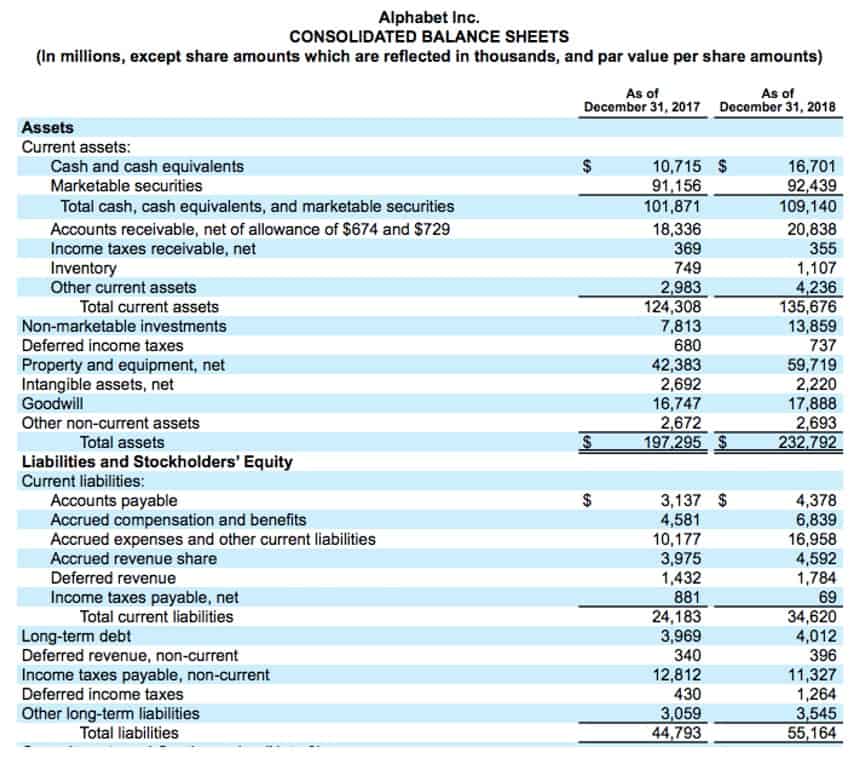
In this example, because the company made $500 after subtracting variable costs, its ratio is 50 percent, or ($1,000 – $500) $1,000. When discussing costs to a business, fixed costs during the normal course of business do not change with increased or decreased sales volume while variable costs do. Contribution margin focuses on the profitability of individual products or services by considering only variable costs. Profit margin, on the other hand, takes into account all costs (both variable and fixed) and represents the overall profitability of the Accounting Periods and Methods business. Contribution margin is used for internal decision-making, while profit margin is often used to assess the overall financial health of a company.

How do you calculate the contribution margin?
Contribution margin income statement, the output of the variable costing is useful contribution margin ratio in making cost-volume-profit decisions. It is an important input in calculation of breakeven point, i.e. the sales level (in units and/or dollars) at which a company makes zero profit. Breakeven point (in units) equals total fixed costs divided by contribution margin per unit and breakeven point (in dollars) equals total fixed costs divided by contribution margin ratio. For example, if a product sells for $100 with variable costs of $60, the contribution margin is $40 ($100 – $60).
- Whereas, your net profit may change with the change in the level of output.
- If you were to manufacture 100 new cups, your total variable cost would be $200.
- For example, analysts can calculate the margin per unit sold and use forecast estimates for the upcoming year to calculate the forecasted profit of the company.
- This resulting margin indicates the amount of money available with your business to pay for its fixed expenses and earn profit.
- It includes the rent for your building, property taxes, the cost of buying machinery and other assets, and insurance costs.
- In other words, it signifies the ‘contribution’ each unit of a product makes to the company’s profits once the variable costs – costs that change in proportion to the volume of goods produced – have been covered.
What Is the Difference Between Contribution Margin and Profit
The next step is to multiply each product’s contribution margin per unit by its sales mix percentage. For example, if sales double, variable costs double too, and vice versa. Direct variable costs include direct material cost and direct labor cost. This concept helps companies make decisions about whether to add or subtract a product line, to price a product or service, to determine the optimal mix of products, and to calculate the breakeven point. In our example, a ratio of 36.97% means that every dollar in sales contributes approximately $0.37 (thirty-seven cents) toward fixed costs.

Contribution margin as a measure of efficiency in the operating room
Accordingly, the per-unit cost of manufacturing a single packet of bread consisting of 10 pieces each would be as follows. Managerial accountants also use the contribution margin ratio to calculate break-even points in the break-even analysis. Management should also use different variations of the CM formula to analyze departments and product lines on a trending basis like the following. The following diagram shows an overview of some important reasons for the contribution margin.
Contribution margin vs gross profit margin
In summary, the contribution margin provides valuable insights into the financial health of a company and supports decision-making regarding product portfolio, pricing strategies and cost efficiency. This means that for every loaf of bread sold, $3 contributes to covering fixed costs (like rent and utilities) and profit. The sales mix is the proportion of each product sold, relative to its total sales. You need to work out the contribution margin per unit, the increase in profit if there is a one unit increase in sales. Put more simply, a contribution margin tells you how much money every extra sale contributes to your total profits after hitting a specific profitability point. The budgeted fixed costs are $200,000 and the actual fixed costs are $210,000.

The contribution margin is computed as the selling price per unit, minus the variable cost per unit. Also known as dollar contribution per unit, the measure indicates how a particular product contributes to the overall profit of the company. The contribution margin is computed by using a contribution income statement, a management accounting version of Bookkeeping for Etsy Sellers the income statement that has been reformatted to group together a business’s fixed and variable costs. Contribution margin ratios indicate whether a product’s price needs to go up to cover fixed costs and generate more profit. By looking at the specific numbers, business leaders can tell whether they should increase the price to generate more profit or find ways to reduce the fixed costs that must be covered.
- Now, add up all the variable costs directly involved in producing the cupcakes (flour, butter, eggs, sugar, milk, etc).
- Recall that Building Blocks of Managerial Accounting explained the characteristics of fixed and variable costs and introduced the basics of cost behavior.
- These core financial ratios include accounts receivable turnover ratio, debts to assets ratio, gross margin ratio, etc.
- The ratio is particularly valuable for businesses with multiple product lines, enabling comparative analysis of profitability.
- However, fixed costs can have a significant effect on the break-even point, the margin of safety, and the operating leverage of a business.
- The resulting ratio compares the contribution margin per unit to the selling price of each unit to understand the specific costs of a particular product.
If you need to estimate how much of your business’s revenues will be available to cover the fixed expenses after dealing with the variable costs, this calculator is the perfect tool for you. You can use it to learn how to calculate contribution margin, provided you know the selling price per unit, the variable cost per unit, and the number of units you produce. The calculator will not only calculate the margin itself but will also return the contribution margin ratio. The contribution margin is a cost accounting concept that lets a company know how much each unit sold contributes to covering fixed costs after all variable costs have been paid.
📆 Date: June 28-29, 2025🕛 Time: 8:30-11:30 AM EST📍 Venue: OnlineInstructor: Dheeraj Vaidya, CFA, FRM
A positive contribution margin means that the product or service not only covers the variable costs, but also contributes to covering the fixed costs. A negative contribution margin indicates that the product or service does not even cover the variable costs and is therefore not profitable. The contribution margin ratio (CM ratio) is an important financial metric that shows how a company’s sales affect its profitability. It reflects the portion of each dollar of revenue that is available to cover fixed costs and contribute to net profit after variable costs have been paid. The contribution margin is a profitability metric that measures how selling a particular product affects a company’s operating income.
